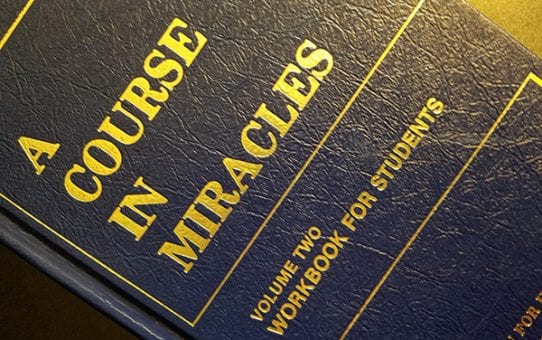a course in miracles dust can be a real problem, and while using an air purifier can be one way of helping to reduce the overall level of dust within your home, study or library, the problem often needs to be tackled in various ways in order to eliminate dust from your books. It’s important to be aware that having dusty books can easily result in serious health problems.
Dust is a harmful substance, and contains many toxins and pathogens. In a recent study it was discovered that those who work with books every day (such as librarians) are significantly more likely to suffer from skin problems, and/or respiratory problems, leading to long term health problems and even premature death. It is important not to underestimate the health problems which can occur if you spend a significant amount of time with books.
Books attract dust because the paper they are made of is polarized in the same way dust particles are. This is similar to the way in which snow can build up on vertical surfaces such as windows. Because books tend to be kept on shelves, this leaves at least three and sometimes four sides of a book exposed to the build up and collection of dust. However, the real health problem occurs when you open the book, because the slight movement of air created by opening and turning the pages sends clouds of dust directly into your face.
There are other problems to consider though, besides your health or the health of those who work with books on a regular basis. Dust can result in a great deal of damage being caused to the books themselves. Book lice love dusty, humid environments, and will gorge on the glue used to bind the books. This can easily result in the binding falling apart, pages dropping out and the books generally falling into a state of dilapidation. Mold and mildew also enjoy feasting on the dust caught by the books, and this will certainly lead to irreparable damage to the books, as well as posing yet another health hazard.
So, the problem of book dust has been established, but what about the solution? Here is a three prong approach which will help eliminate dust from books already on the shelves, keep the dust levels down in the future, and improve the health of those who spend time there, as well as keeping the books safe for the future.
1. Filter the Air with a HEPA Air Purifier–An air purifier will ensure that the dust which is in the air is caught, trapped and becomes disposed off safely and easily. A good quality air purifier will be able to trap dust particles which are just a few microns in diameter, helping to clean the air. Not only can air purifiers work to help reduce the overall levels of dust in the air, reducing the amount which is able to settle on books and papers, but they can also help to filter out other unwanted particles. This particles include but are not limited to mold or mildew spores, dust mite feces, and even bacteria and viruses.
2. Use Plastic Jackets for Books–One problem is the fact that books and paper attract dust. Because of the polarization of the dust particles being attracted to the like polarization of the paper, this means that having an air purifier will only help capture the dust particles not already attracted and caught by the books themselves. However, a simple solution lies in the fact that plastic does not attract dust, and so covering books in plastic sleeves will greatly reduce the collection of dust on books, helping to prevent book dust from settling.
